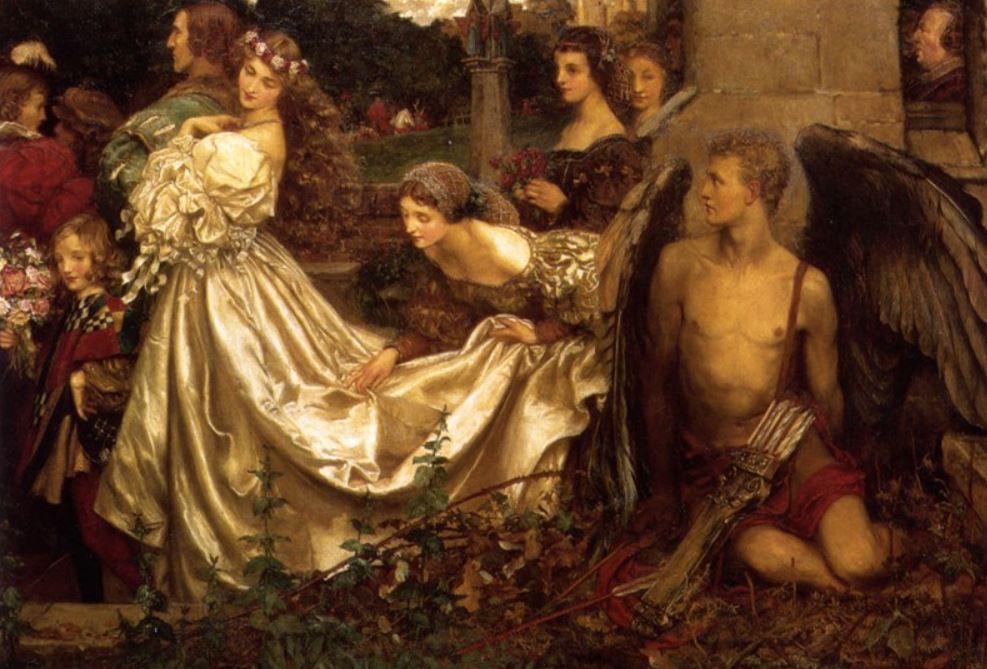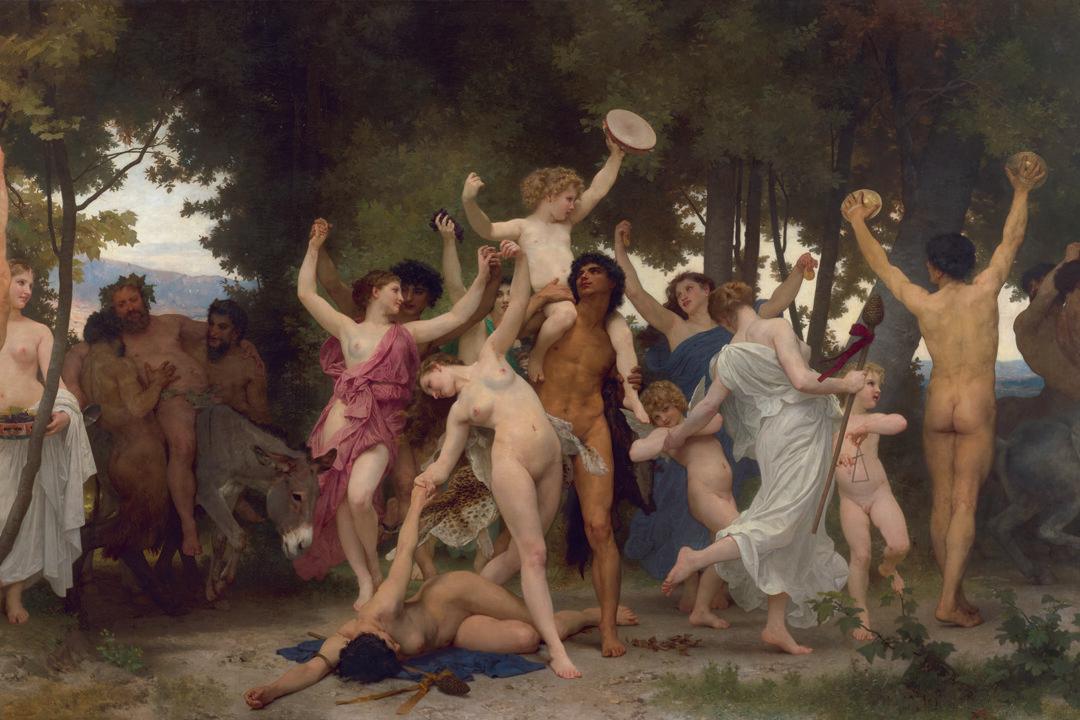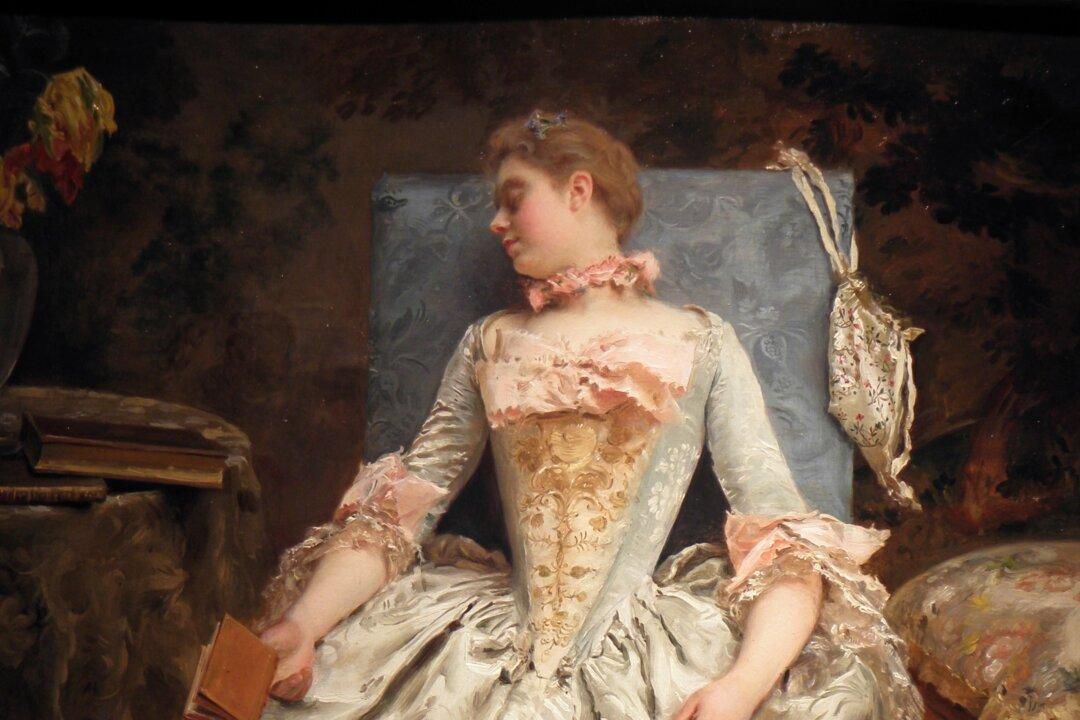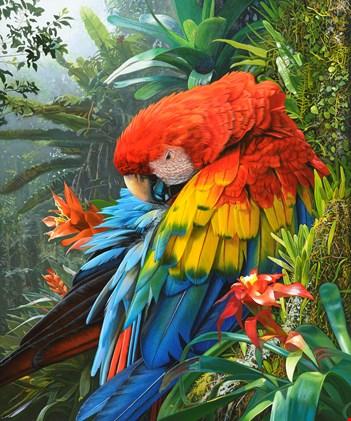Whether in France, England, Germany, Italy, Spain, America, or anywhere in the modern world during the 1800s, the entire nature and way in which art was taught was in direct contrast to the way art was taught in the majority of schools in the twentieth century and still in most cases today.
This shift from academic to modernist training did not come from what would be considered technical advancements in art materials or training, but a complete philosophical change in the concept of what art is all about.
As part of this philosophical change, Academy style training techniques and the great artists who had mastered them were virtually erased from the art and art history that was taught in schools during the 20th century.




